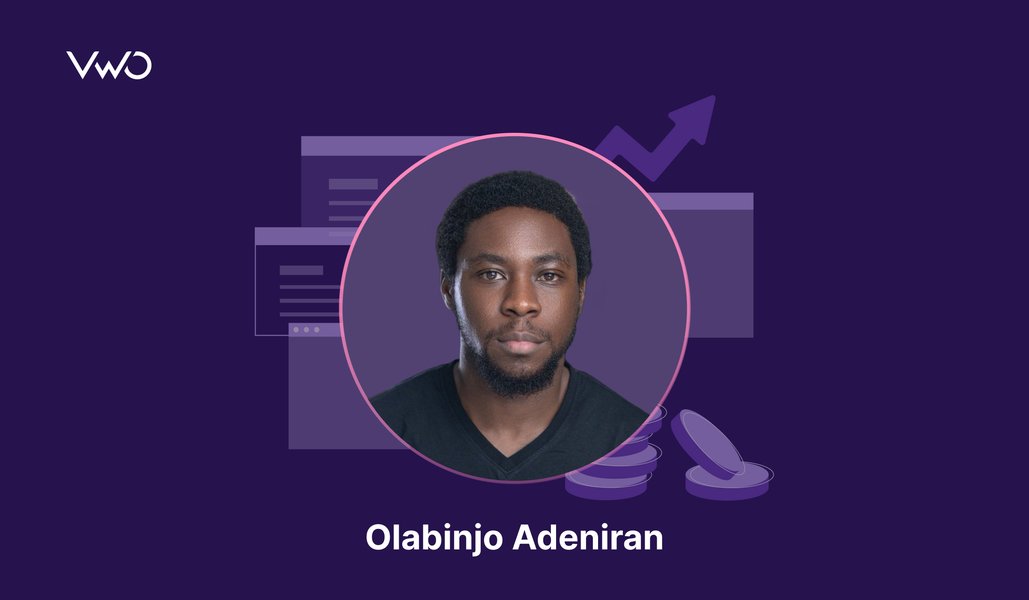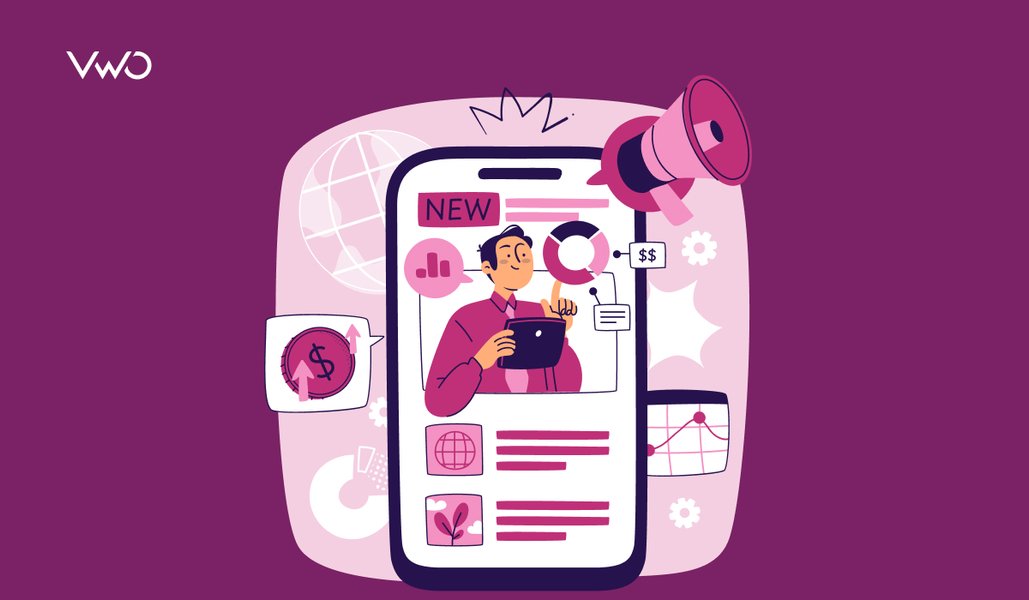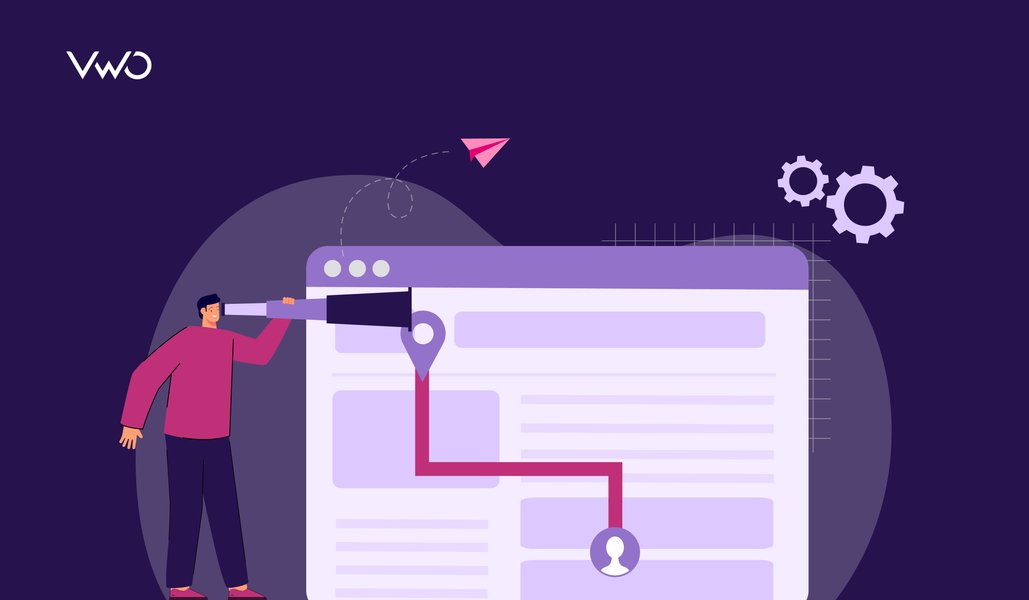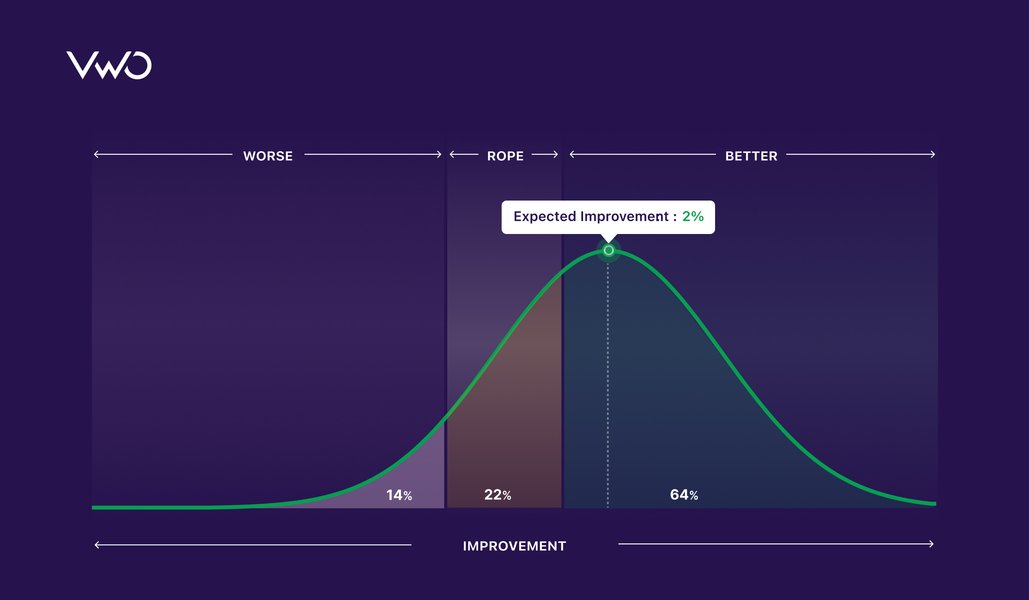As the world of digital marketing grows increasingly competitive, businesses need to go beyond meeting basic customer expectations to deliver a stand-out experience. And personalized marketing can help you do just that. But what is personalized marketing? Read on to find out more.
Truly personalized marketing has become a necessity rather than a nice-to-have. This is because customers have already come to expect a certain amount of customization, such as their name appearing at the top of a marketing email. Now, they’re looking for the next level, such as web pages that automatically display content based on their preferences or location-based ads for special offers at nearby stores.
Download Free: Website Personalization Guide
Luckily, technology is on our side, with automation and machine learning making it easier to provide truly personalized marketing content. Let’s explore what that means for your business.

What is personalized marketing?
Personalized marketing is the practice of targeting content to specific customers based on data you’ve collected. This includes their interests, preferences, and behaviors. Companies use this data to create highly customized content, which is delivered to customers via email, ads, or other platforms. For example, VWO Personalize enables you to deliver thousands of unique journeys tailor-made for a specific audience and triggered at the right time. You can take a free trial if you’d like to explore it.
Customer data is collected using automated tools and smart algorithms, which is where machine learning comes in. Typically, a code is added to the website, enabling the machine to capture valuable data such as clicks, time spent on site, and purchase history. With the right technology, you can also collect data from customer interactions across multiple channels.
Data collection also includes gathering information on customer demographics, such as age, gender, location, and financial status. Once you’ve collected all the relevant data, the algorithms will analyze it and identify which customers should receive which content.
The aim is to create a great experience that feels unique to each customer. This means reaching the right person at the right time with the right message. Think:
- Custom emails (and we don’t just mean inserting their name instead of “Dear customer”)
- Targeted discounts
- Product recommendations
- Birthday offers
- Rewards for loyal customers
Benefits of personalized marketing
Personalization lends an important human touch to your marketing strategy (even if everyone knows it’s carried out by a machine). It makes your prospect feel valued, as the brand has made an effort to find out what they want.
Customer happiness leads to increased loyalty. This has a positive impact on your acquisition costs (it’s typically cheaper to keep the customers you’ve got). Loyal patrons will also recommend you to others. This, in turn, enhances your reputation and attracts more business.
Plus, personalized marketing can improve your ROI, as tailored recommendations encourage customers to spend more than they would with traditional advertising. According to one survey, 91% of consumers are more likely to shop with brands that remember them and provide relevant offers and recommendations.
Meanwhile, 63% of US marketers see increased conversion rates as the main benefit of personalization. So, if you’re worrying about conversions and revenue and asking, “How long does it take to see SEO results?”, it’s worth devoting your marketing efforts to personalization.
Challenges of personalized marketing
Personalized marketing isn’t a walk in the park. For one thing, you have to make sure your customers aren’t put off by having their preferences and behaviors tracked and analyzed. There are also data privacy laws to navigate.
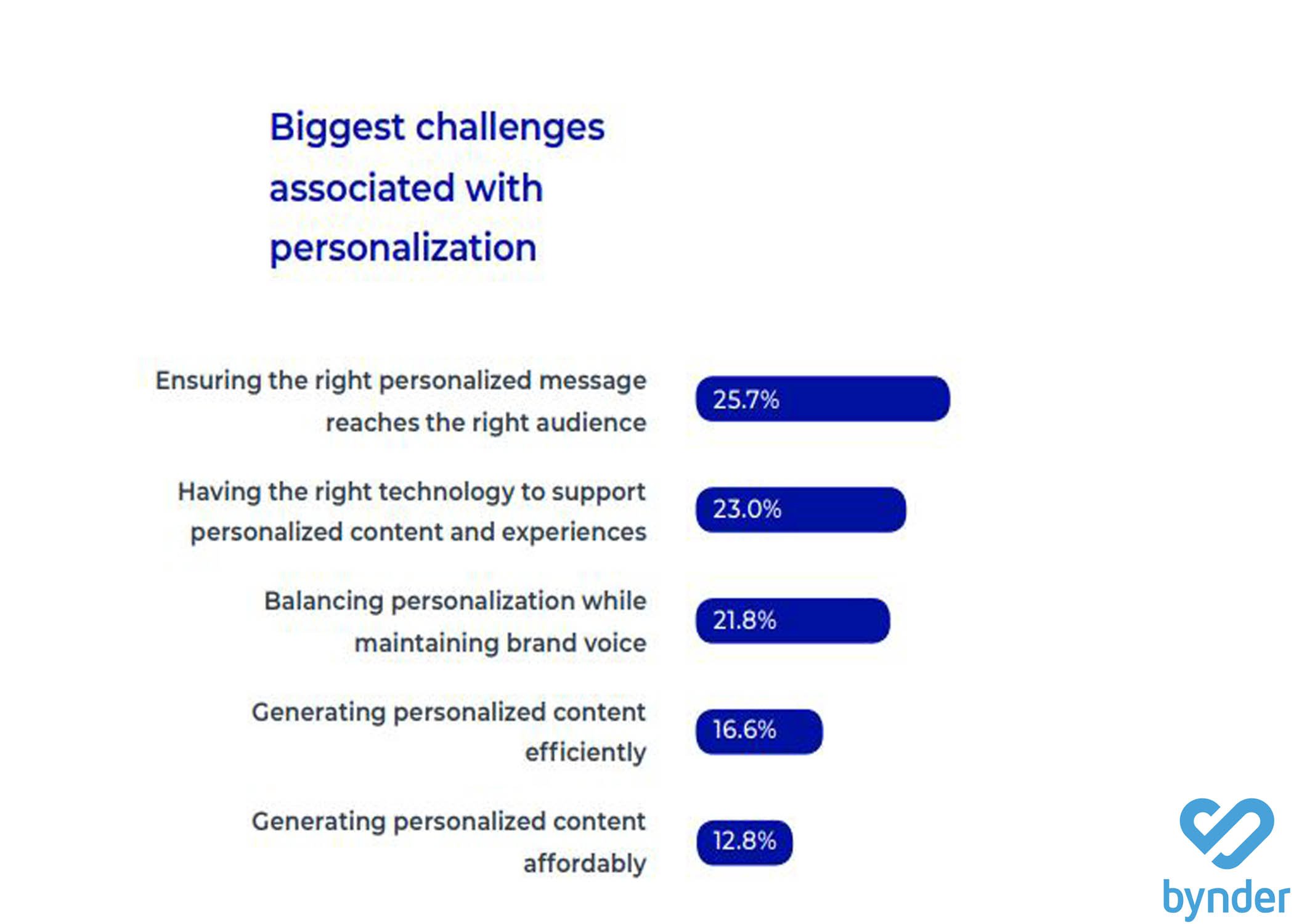
Another challenge is that you need to collect a lot of data to accurately predict what customers want. This is in addition to segmenting customers based on things like age, gender, and location. And you’ll want to carry out experimentation to see what works and what doesn’t. It’s time-consuming to do any of this at scale.
Even if you use a tool such as Apache Hadoop to process and store large volumes of big data (Read this Databricks article about Hadoop software), it’s not possible to manually create personalized emails or ads for every customer. That’s where machine learning comes in.
What is machine learning?
Machine learning (ML) is a subset of artificial intelligence (AI) that enables machines to learn continually from data. Algorithms analyze large datasets to identify trends and relationships between data, using their findings to predict which actions or experiences are most likely to give a certain result.
The machines get smarter the more data they absorb. After a while, they become capable of making their own decisions and adjusting their actions without human input.
It might sound wildly futuristic, but we all experience machine learning in our everyday lives. If you browse an item on a retail website, expect to see it advertised on your social media feeds. When you type a message on WhatsApp, suggested words pop up based on your previous message content. And when you log in to Amazon or Netflix, you’ll see recommendations tailored to your preferences.
How is it used in marketing?
In personalized marketing, ML is used to analyze the type of content, keywords, and phrases that grab the attention of your target consumers. Once you’ve discovered what matters to them, you can create relevant content or infographics. And, over time, the machine will learn which content is most effective for meeting particular goals.
Here are some of the techniques commonly used in machine learning:
Regression analysis
This is a statistical method that allows you to examine the relationship between two or more variables. You can use linear regression to figure out which pages are most likely to lead to conversions, as a regression equation can reveal a definite relationship between the number of clicks on a certain page and the number of conversions. Logistical regression is used to analyze historical shopping behavior data, which helps you determine personalized follow-up actions to deal with cart abandonment.
Clustering algorithms
These algorithms help you, group customers, into segments by analyzing unlabeled data, separating it into groups based on shared characteristics and qualities, and assigning it into clusters.
They can be applied for recommendation engine development and social media analysis. The idea is that if a connection exists between people, they often have a common set of preferences, so you could be confident that followers of a particular Facebook page would react positively to an ad for something similar.
Association rules
Association rules reveal interesting relationships between different variables in huge databases and can also be used to build recommendation engines. For example, if you buy a new phone on Amazon, you might see a recommendation for a suitable phone case. This is based on the fact that other customers bought both items together, and the computer has learned that it’s a popular action.
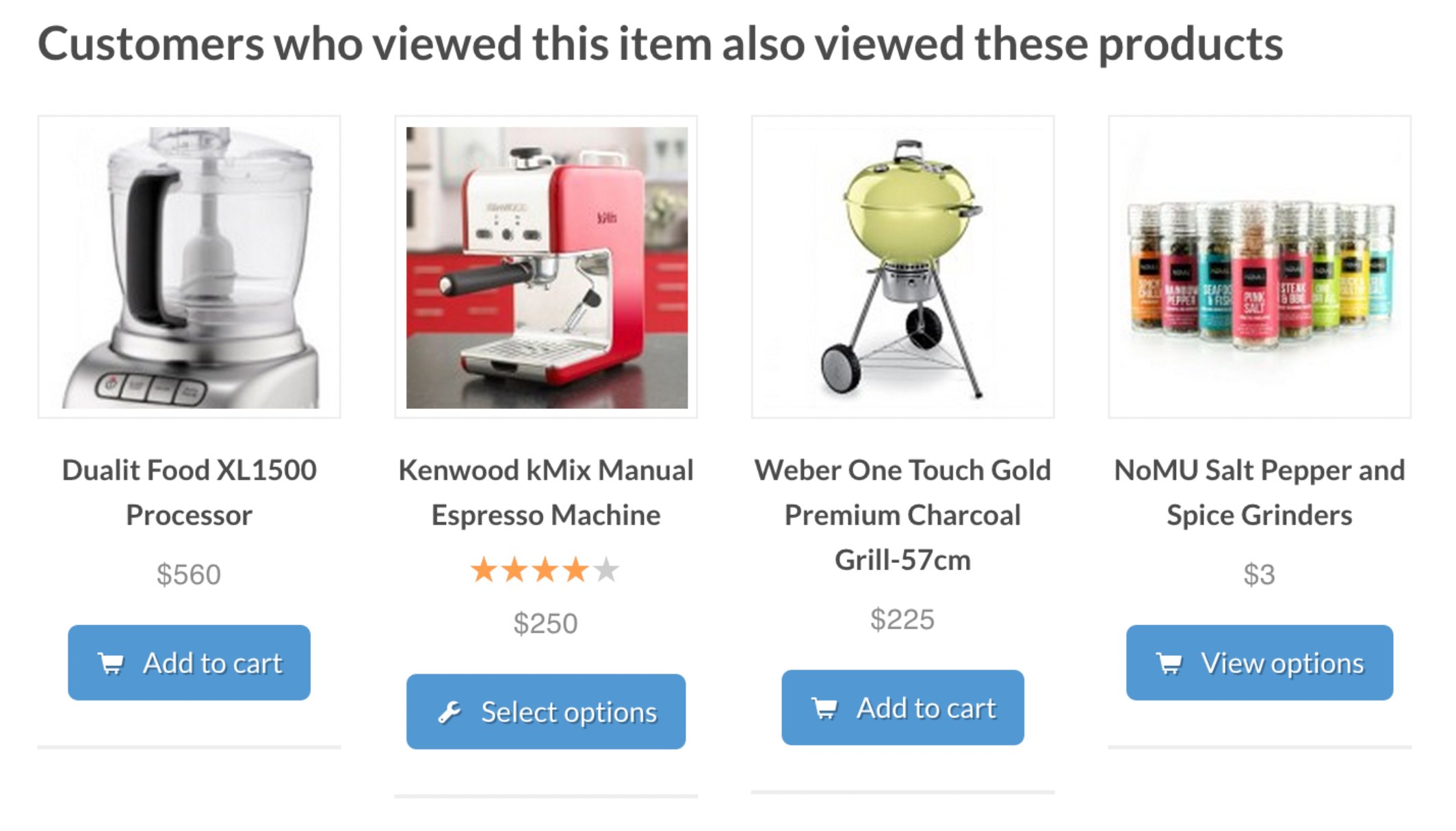
Markov chains
This method is used to model probabilities, such as analyzing a user’s real-time website behavior and making navigation predictions based on it. A machine might spot that most visitors click on CTA buttons when they’re positioned in the middle of the page, so the web designer knows to set all pages up that way in the future.
Download Free: Website Personalization Guide
Why is machine learning so effective for personalized marketing?
Personalization at scale
Machine learning tools learn about customer preferences much faster than humans can. They’re able to process huge amounts of data almost instantly and make smart decisions based on it.
For example, the machine knows when someone has abandoned their shopping cart and automatically generates a personalized follow-up email. Take a look at the following example, where the message includes the shopper’s name and gives them an incentive to return:
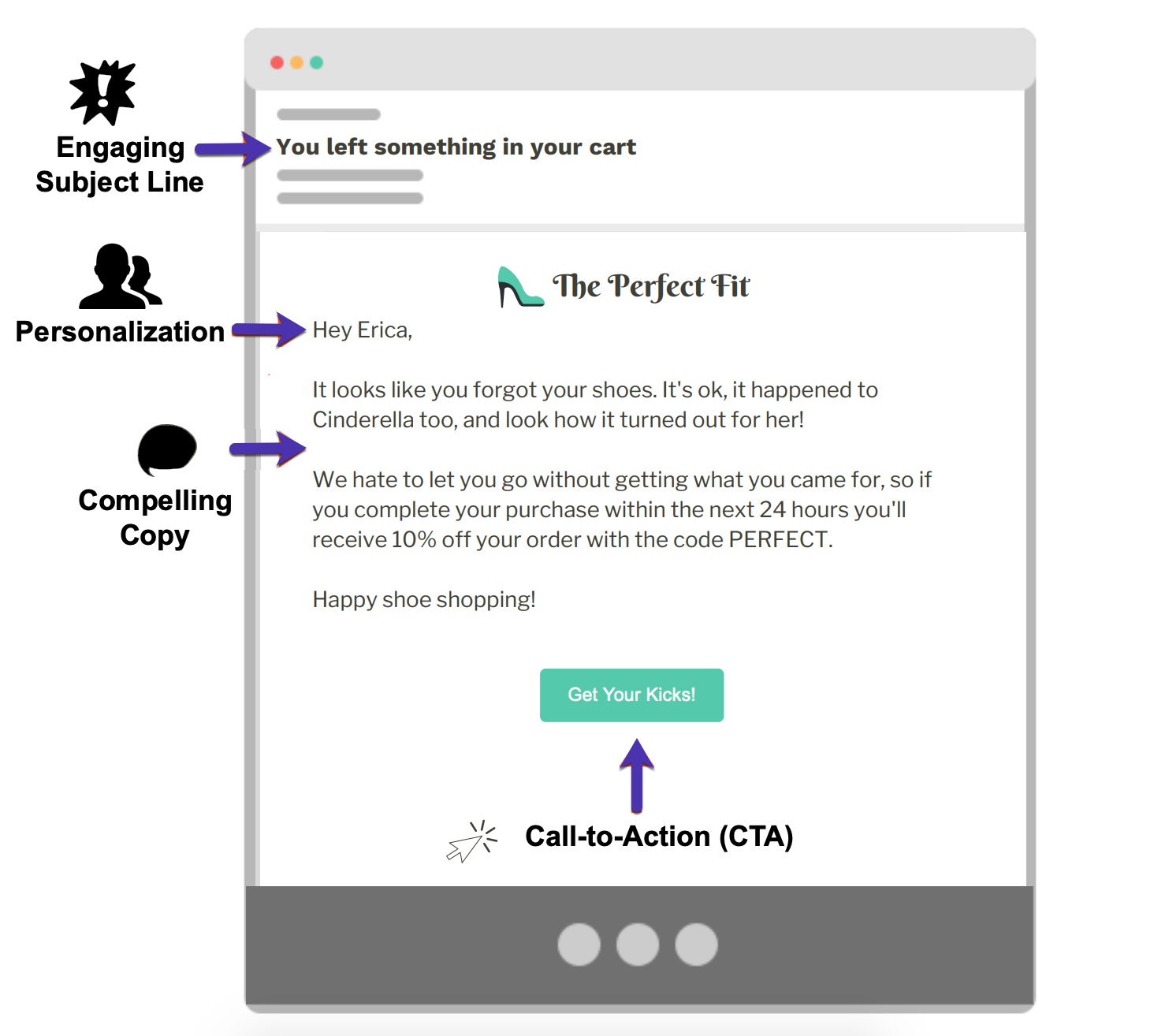
Deeper insights
ML is useful for gaining a deeper understanding of your audience. Machines can learn from filters that allow website visitors to sort items by category and deep behavioral tracking that monitors mouse movement, scrolling, and time spent per page. Google’s deep learning technology enables it to come up with suggested searches for individual users.
They can also analyze interactions using Natural Language Processing (NLP), where computers learn to understand spoken words and text in a human-like way, and sentiment analysis, where the machine can tell if the participants’ attitudes are positive or negative. Both techniques help marketers to realize when a customer is unhappy, or find the ideal opportunity to upsell.
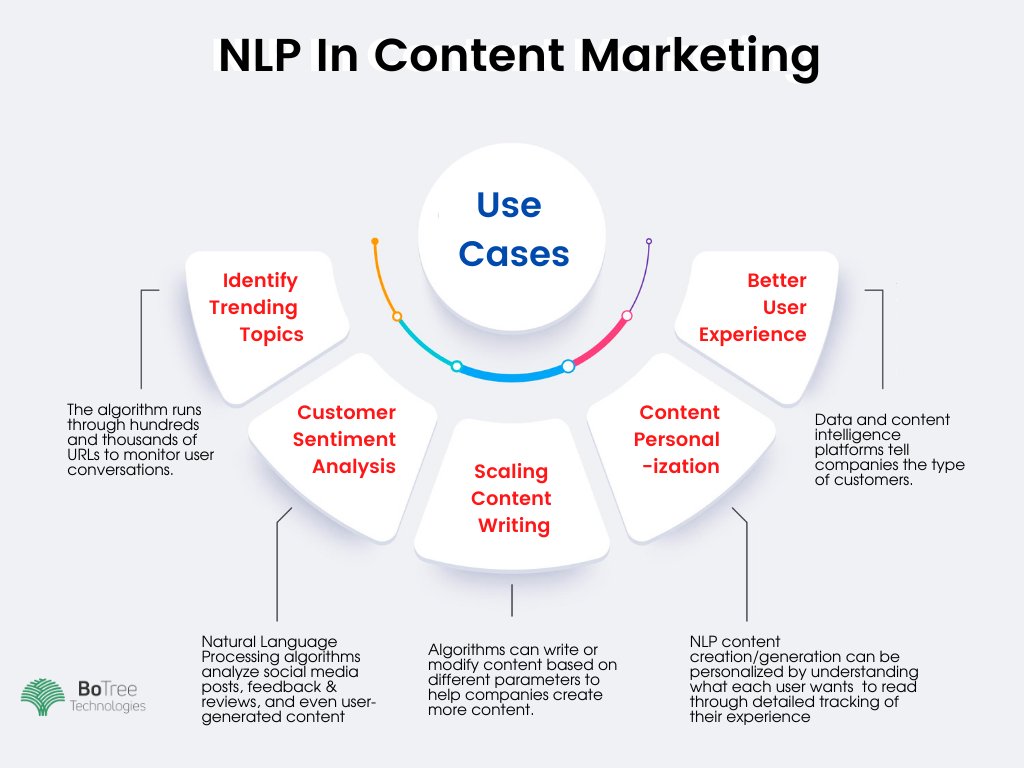
Adjustable actions
Because machine learning enables computers to develop knowledge and analyze data constantly, it means that evolving customer characteristics and behaviors can be taken into account.
If a customer has been with you for a long time, their tastes and circumstances may change. Machine learning helps you be prepared for that, as the tools can adjust and refine content for the most up-to-date preferences.
For example, Salesforce has an AI called Einstein, which is capable of adjusting its modeling with every customer interaction and additional piece of data it receives.
Best practices for using machine learning in personalized marketing
A massive 93% of global B2B professionals believe that personalization efforts on their websites have paid off in revenue growth. But how can you ensure that machine learning augments those efforts most effectively? Here are some tips on how to get it right.
Put the customer first
Sounds obvious, but you should always keep the customer experience at the top of your mind. Don’t get so carried away with new technology that you forget why you’re using it. If there’s a situation where a live phone call would work better than a personalized email (such as compensating a customer for a problem or mistake), go for it.
You can also use ML to strengthen the customer support experience with options like chatbots and voice-activated search.
Timing is key
Personalized marketing isn’t just about tailoring the content of your messages. The right timing is crucial if you want the recipient to engage fully. Every customer is unique, and they don’t all check their emails or browse social media at the same time of day. Machine learning lets you customize send/display times based on previous behaviors, which is called “intelligent delivery.”
Use A/B testing
A/B testing compares the original version of your digital property with one or more variations and measures the difference against defined goals. It uniformly splits your traffic between versions to determine which version fares better. This means that a significant proportion of your traffic is sent to an underperforming variation.
To maximize conversions in the experimentation time window, VWO offers multi-armed bandit (MAB) testing. The MAB algorithm allocates traffic dynamically – which means it continuously identifies the outperforming variation based on the data obtained during the test and routes the majority of the traffic dynamically and in real-time to this winning variant.
So if you have a short window for optimization and not enough time to wait for statistical significance, you can opt for this machine-learning-based testing to maximize your conversions. To know more about this, take a free trial with VWO or request a demo with our MAB experts.
Personalize your website
As well as personalizing pop-up ads or emails, you can tailor web pages and apps to suit specific customers. When someone browses the site or app, the content they see can be personalized based on things like gender, location, and whether they’re a new customer. Again, Amazon and Netflix are particularly good at this. Take a free trial to see how VWO Personalize can help you with this.
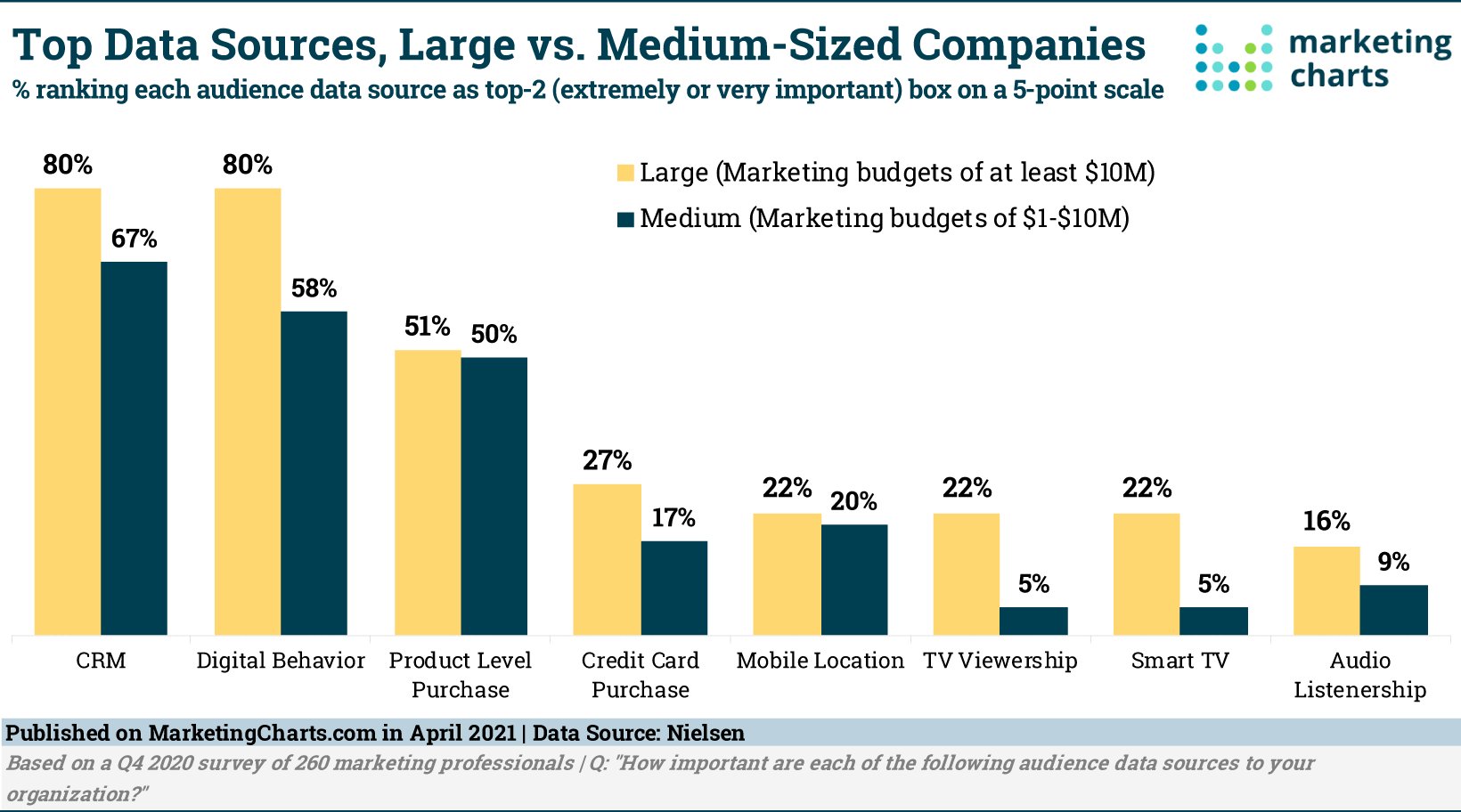
Take an omnichannel approach
Customers like to use whichever channel is most convenient to them at the time, so make sure personalization extends across all of them. You can use functional testing tools to check your websites and apps are working as intended, with the right messages reaching the right users.
The more channels you have, the more data there will be! You might also use pandas DataFrames to load data from different databases and data formats to get a complete view and segment records within a data frame. (Read this Databricks article about pandas DataFrame structure).
Takeaway
As people are bombarded with marketing messages from a growing range of channels, you need to cut through the noise with truly relevant content. Machine learning allows you to:
- Personalize your marketing messages at scale
- Make the data-gathering process more efficient
- Experiment with your messaging to drive conversions
However, marketing teams need not fear for their jobs. Machines are not yet capable of displaying creative intelligence or consciousness. So smart marketers can combine AI with human input to deliver a personalized customer experience.
Hopefully, this guide has provided a clear answer to the question, “What is personalized marketing?” and you now feel confident to use personalized marketing to supercharge your business.



